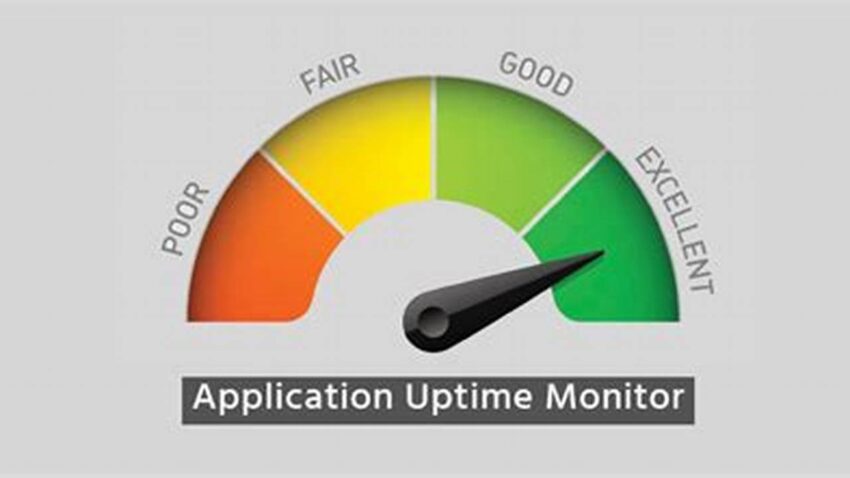Ensuring consistent and reliable application availability is paramount for businesses of all sizes. Uninterrupted service delivery translates directly to enhanced customer satisfaction, increased productivity, and ultimately, a healthier bottom line. Implementing strategies that minimize downtime requires a proactive approach encompassing robust system design, diligent maintenance, and comprehensive monitoring.
Redundancy
Eliminate single points of failure through redundant hardware and software components. This ensures that if one element fails, a backup is ready to take over seamlessly.
Monitoring
Implement comprehensive monitoring tools to track application performance, resource utilization, and potential issues. Early detection allows for proactive intervention, preventing minor hiccups from escalating into major outages.
Automated Failover
Configure automated failover mechanisms to switch to redundant systems automatically in case of a primary system failure, minimizing downtime and manual intervention.
Capacity Planning
Anticipate future growth and scale your infrastructure accordingly. Adequate capacity prevents performance bottlenecks and ensures consistent availability even during peak demand.
Disaster Recovery
Develop a comprehensive disaster recovery plan that outlines procedures for restoring service in the event of a major outage. This plan should include regular backups, offsite data storage, and clear recovery steps.
Performance Testing
Conduct regular performance testing to identify and address potential bottlenecks before they impact production environments. Simulate realistic load scenarios to assess system resilience under pressure.
Security Hardening
Implement robust security measures to protect against vulnerabilities that can lead to downtime. Regular patching, intrusion detection systems, and strong access controls are essential.
Code Optimization
Efficient and well-optimized code minimizes resource consumption and improves application performance, contributing to overall stability and uptime.
Change Management
Implement a structured change management process to ensure all updates and modifications are thoroughly tested before deployment, minimizing the risk of unexpected issues.
Root Cause Analysis
After an outage, conduct a thorough root cause analysis to understand the underlying cause and implement corrective actions to prevent recurrence.
Tips for Enhanced Availability
Employ load balancing to distribute traffic across multiple servers, preventing overload on any single server and ensuring consistent performance.
Utilize connection pooling to reuse database connections, reducing the overhead of establishing new connections and improving application responsiveness.
Implement caching strategies to store frequently accessed data in memory, reducing database load and accelerating data retrieval.
Keep software and dependencies up-to-date with the latest security patches and bug fixes to minimize vulnerabilities and ensure optimal performance.
Frequently Asked Questions
What are the key metrics for measuring application uptime?
Key metrics include availability percentage, mean time to failure (MTTF), mean time to repair (MTTR), and recovery time objective (RTO).
How does cloud computing contribute to improved uptime?
Cloud platforms offer built-in redundancy, scalability, and disaster recovery capabilities, making it easier to achieve high availability.
What is the role of automation in maximizing application uptime?
Automation plays a crucial role in tasks such as failover, backups, and monitoring, reducing manual intervention and minimizing human error.
What are the common causes of application downtime?
Common causes include hardware failures, software bugs, network issues, security breaches, and human error.
How can a robust incident management process improve uptime?
A well-defined incident management process ensures rapid response and resolution of issues, minimizing downtime and its impact.
What is the relationship between application performance and uptime?
Performance bottlenecks can lead to instability and increased risk of downtime. Optimizing performance is crucial for maintaining high availability.
By embracing these practices, organizations can significantly improve application uptime, ensuring consistent service delivery and reaping the associated benefits of increased productivity, customer satisfaction, and business success.

